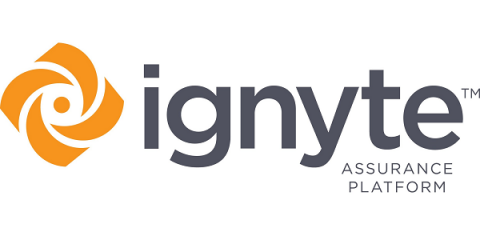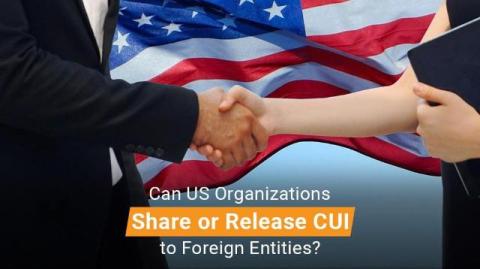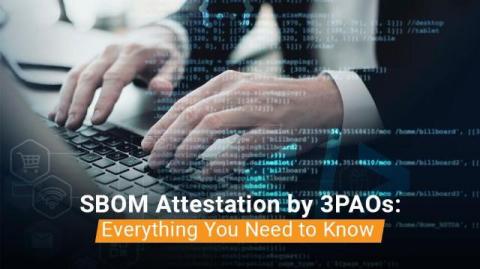Protecting NATO Secret and Foreign Government Information
We’ve talked a lot on this blog about protecting controlled unclassified information, and we’ve mentioned in places some other kinds of information, like classified and secret information, covered defense information, and other protected information. There’s one thing all of this information has in common: it’s generated by the United States government.










